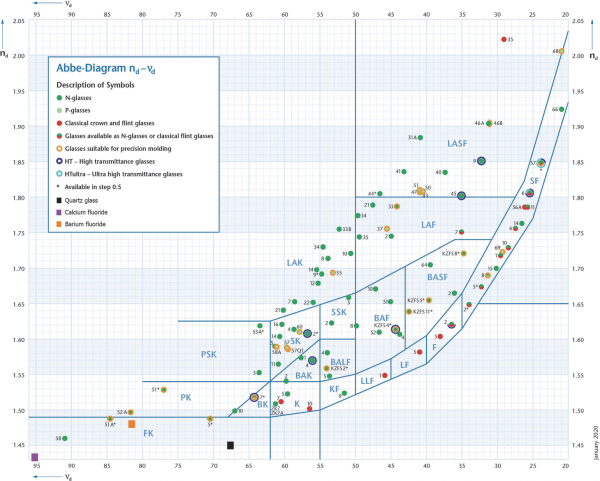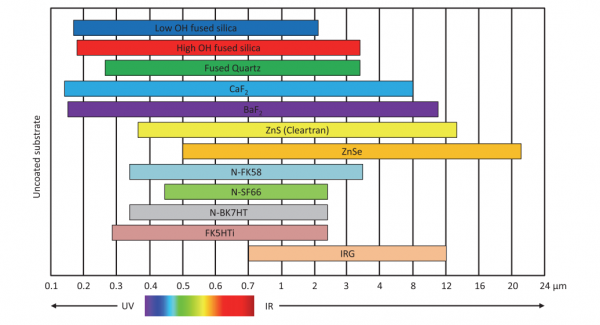What are optical materials?
Photonics plays an important role driving innovation and enabling technology for many markets. The application of photonics spreads across very different areas: from optical data communication to imaging, lighting, manufacturing, life sciences, health care, security and safety. Photonics offers new and unique solutions where today’s conventional technologies are approaching their limits: speed, capacity and accuracy. The impact of photonics in our daily lives is remarkable. It becomes visible by looking at some current challenges:
• Augmented and virtual reality for consumers and even more relevant for industrial applications.
• Assistance systems in automotive as rear/side-view cameras, LED/laser lighting, lidar, night vision support, head-up displays, etc.
• Industry 4.0 with its connected individual production lines and substitution of humans in mechanical and electric production lines by robots requires exact three-dimensional imaging, object recognition, barcode scanning, quality inspection, distance control, and absolute optical measurements.
• Continuous development of displays with higher resolutions or trends like “internet of things” need lithographic production lines with accurate resolution that need interferometric measurement and recording devices with precise imaging objectives.
• Enlarged usage of laser technology for cutting, engraving, or welding.
• Use of cameras for security and defense applications or in drones.
• Three-dimensional printing requires three-dimensional imaging.
• Continuously increasing performance and power of laser sytems.
All these applications rely to a certain extent on elements out of the optical material, which guide, transport or modify light. Each optical element has its dedicated function, so that a very special optical material needs to be chosen. In a portfolio of more than 200 existing optical materials, every single glass/crystal has its purpose and complements all the others.
A selection of optical materials is shown in 2 Figures below sorted along their most important properties: “refractive index” and “transmission”.
The following subsections will provide an overview of the production processes and the unique properties of optical glasses, quartz glass and optical crystals. Detailed information is provided via the references herein.


